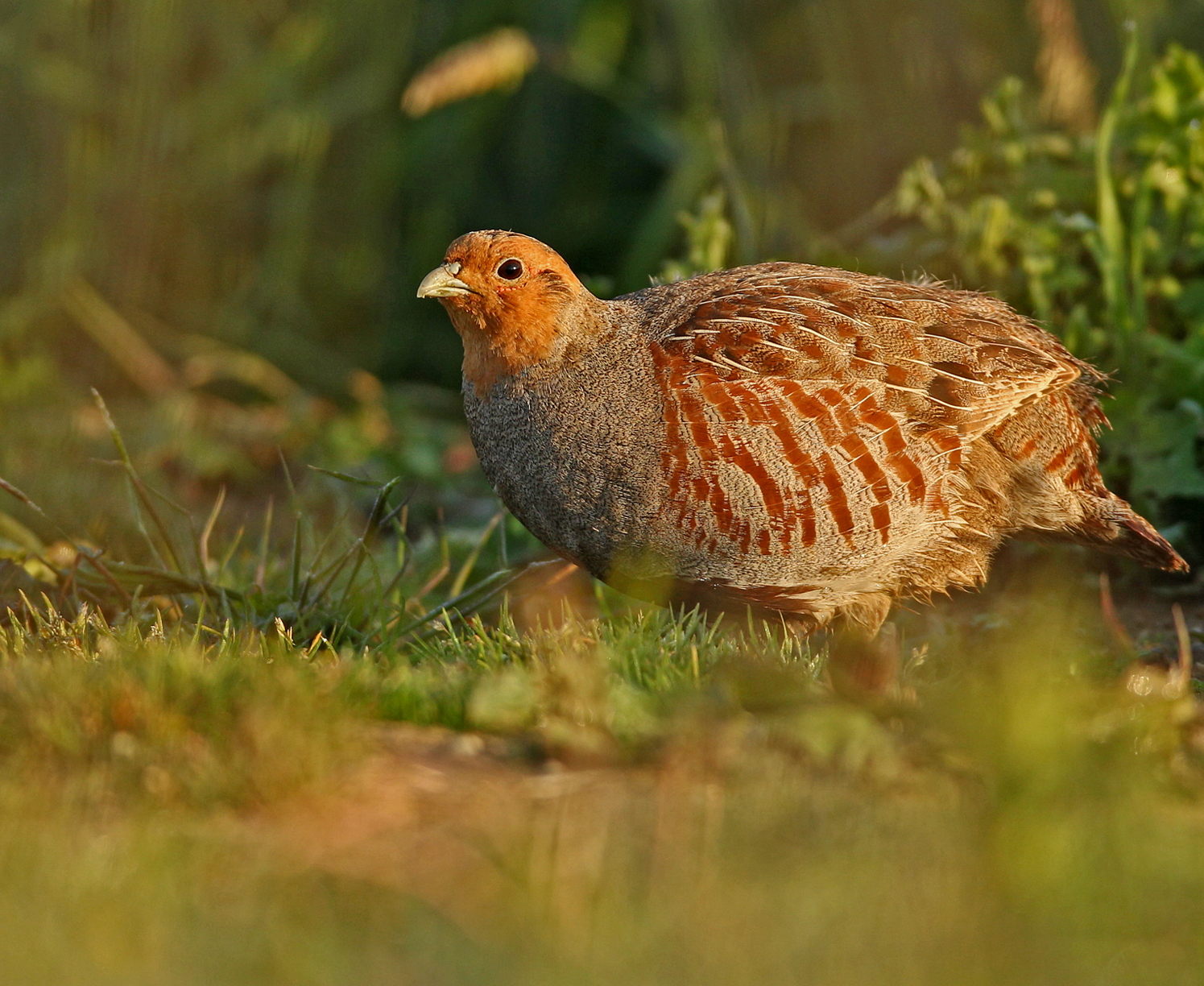Big Farmland Bird Count
A massive 40,000 acres of special wildlife seed crops are now being grown on farmland across England according to recent figures gathered through Defra and the Campaign for the Farmed Environment. In addition, the Game & Wildlife Conservation Trust (GWCT) reports that thousands of tonnes of grain such as wheat are now being provided in feed hoppers for farmland birds during the 'hungry gap', and this will help birds survive the leanest months of winter. With all these vital 'green' measures for wildlife being provided by farmers and gamekeepers, it is crucial to understand how conservation work being carried out on farmland in this country is helping some of our most rapidly declining birds and importantly, which species are benefiting most.
In February 2014, the GWCT will be running its first annual Big Farmland Bird Count. This will be one of the largest counts of farmland birds ever conducted in this country and it will help to show how our farmland bird species are faring. So far more than 400 farmers across the country have registered to join the count.
Jim Egan, from the GWCT's Allerton Project Farm, said: "Farmers and gamekeepers are responsible for managing the largest songbird habitat in this country on their land. Their efforts to ensure the future survival of many of our most cherished farmland bird species such as Skylark, Yellowhammer, Corn Bunting and wild Grey Partridges are therefore vital. We believe that having a better understanding of which conservation measures are proving to be attractive to birds and which are not will be enormously helpful in adding to our understanding of why our birds are still declining."

Grey Partridge is one of a number of farmland species to have declined in recent times (Photo: Ian Clarke)
The GWCT's annual Big Farmland Bird Count will take place between the 1st and 7th February. Farmers will be invited to spend about half an hour recording the species and number of birds seen on one area of the farm. Once the sightings have been recorded they should then be submitted either online or post to the GWCT.
Andy Roberts, who farms in the South Staffordshire area, took part in the GWCT's successful pilot count last year, which involved more than 60 farmers and is taking part again this year. He said: "For the past few years I have been providing supplementary grain for my wild birds and I have noticed a big difference in the number and variety of birds that are being drawn to the feeding areas. I am now sharing the results through our webcam and Twitter feed with many wildlife enthusiasts. The Linnets, which are a Red-listed species, are doing particularly well, and we have good populations of Yellowhammer, Reed Buntings, Bramblings and Grey Partridge. I am really looking forward to taking part in the GWCT's count in February, as it will help draw attention to the often unrecognised conservation efforts for wildlife carried out by the farming community and I would urge other farmers to get involved too."
Jim Egan says, "The Big Farmland Bird Count is a very satisfying way for people to discover the wide variety of bird species that live on a farm and the results can be surprising. We hope it will spur people on to do even more work for their farmland birds in the future and will act as a catalyst for them to start building their own long-standing wildlife records."
The GWCT's Big Farmland Bird Count is being generously sponsored by BASF and in partnership with FWAG (Farming & Wildlife Advisory Group) and LEAF (Linking Environment and Farming).
More on the Big Farmland Bird Count can be found at www.gwct.org.uk/farming/big-farmland-bird-count.

